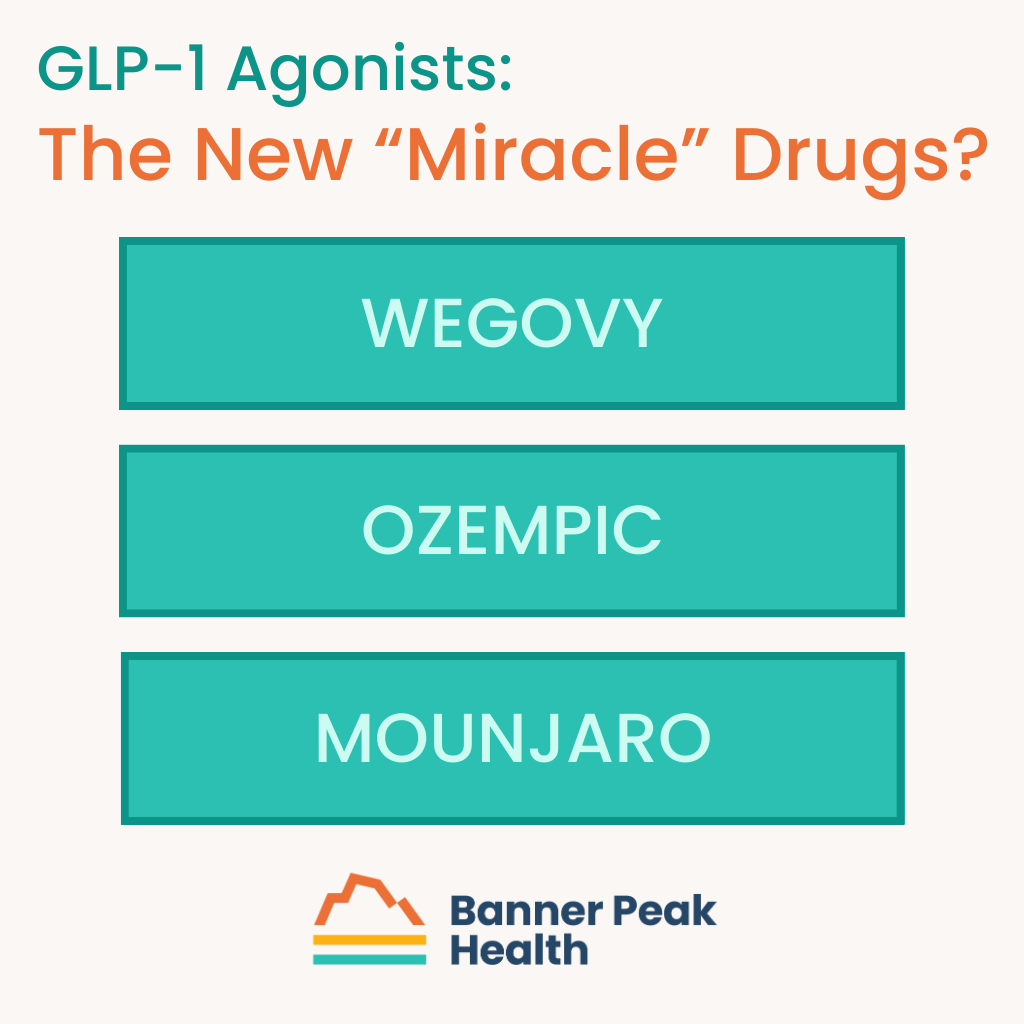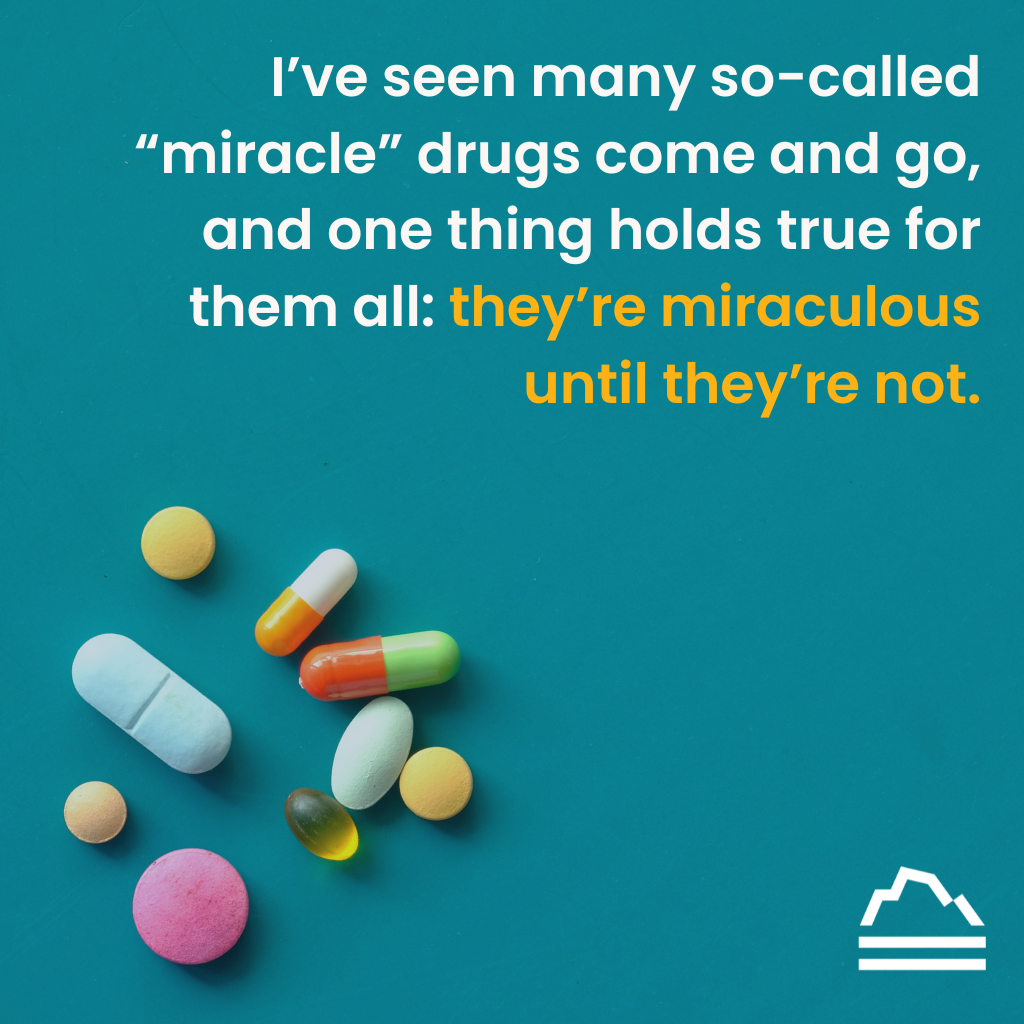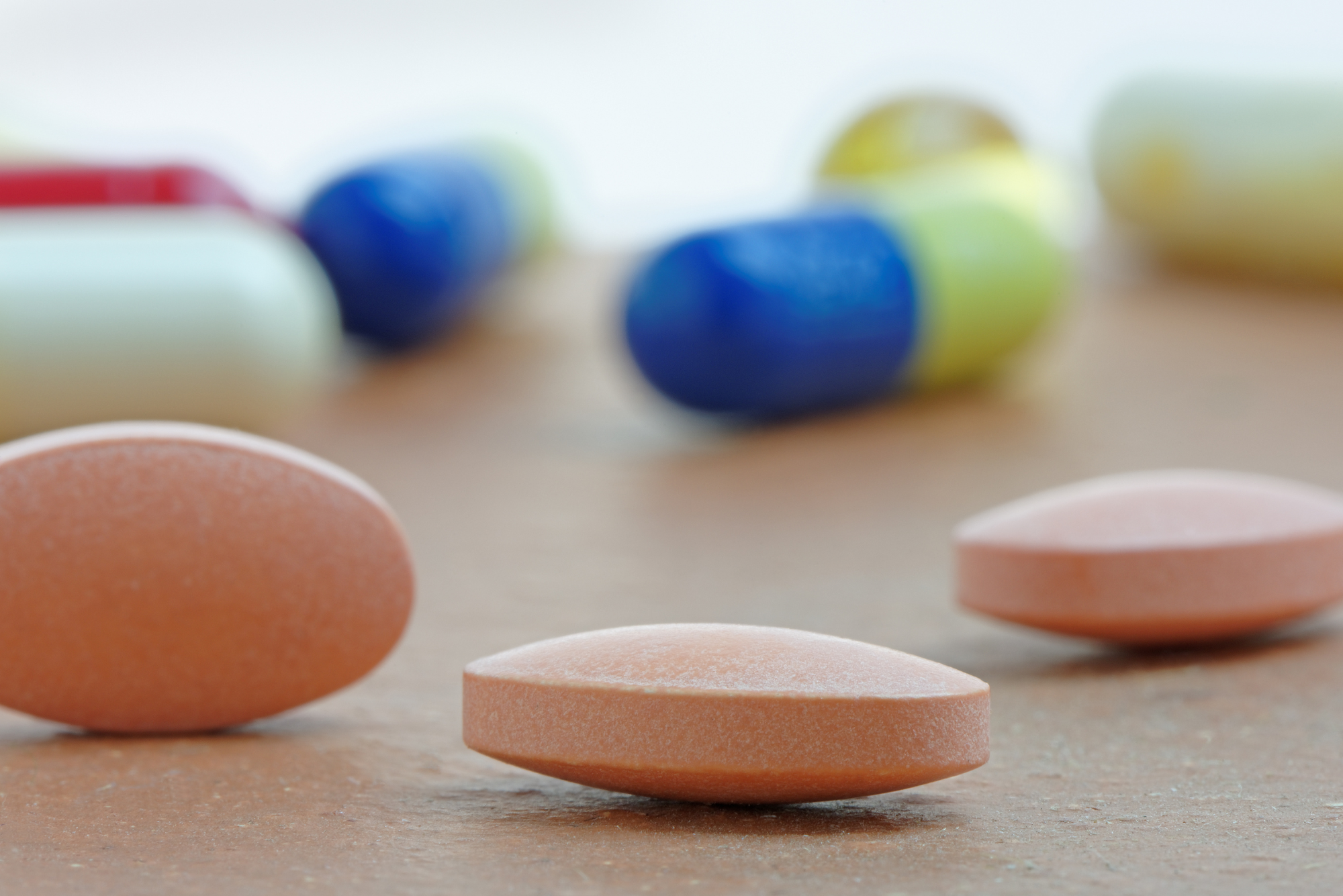When I was a medical student, an elderly physician gave me some sage advice: “Never be the first to prescribe a new drug or the last to prescribe an old drug.”
His admonishment instilled in me a healthy skepticism regarding the risks and benefits of pharmacologic treatment. As it turns out, his caution was well-founded. Over the last 30+ years of practice, I’ve watched dozens of drugs be released and pulled from the market.
The pharmacologic treatment of obesity is particularly rife with examples:
- Fen-Phen (Fenfluramine): Pulled in 1997 for damaging heart valves and leading to pulmonary hypertension.
- Ephedra: Banned by the FDA in 2004 due to increasing people’s risk of heart attack, stroke, and death.
- Acomplia (Rimonabant): Pulled in 2008 due to a demonstrated risk of psychiatric crises, including suicide.
- Meridia: Pulled in 2010 due to increased risk of heart attack and stroke.
However, obesity and its associated health risks continue to need a pharmacologic tool, and the medical establishment continues to explore new treatments for this highly dangerous medical condition.
The latest drugs developed in the fight against obesity, including Wegovy, Ozempic, and Mounjaro, are categorized as GLP-1 agonists. They may be all the rage at the moment, but they’re not for everyone.
Let’s explore these powerful drugs and discuss GLP-1 agonist side effects.
GLP-1 Agonists: The New ‘Miracle’ Drugs
GLP-1 agonist stands for glucagon-like peptide-1 agonist. This class of medication has a wide array of effects on the body, including appetite suppression, increased insulin production, decreased glucose production, and increased glucose uptake in muscle cells.
GLP-1 agonists were originally developed to help patients with type 2 diabetes lose weight, reduce blood sugar levels, and lower the risk of cardiovascular death. However, we’re now facing the expansion of the use of these medications for weight loss in the general population.
In particular, the drug Mounjaro, which has both GLP-1 agonist and GIP (glucose dependent insulinotropic polypeptide receptor) effects, is the most effective weight loss drug to date. Studies demonstrate a five to 22.5% reduction in body weight, which is unheard of compared to prior weight loss technologies.
The challenge we now face is identifying patients for whom the benefit of Mounjaro exceeds the associated risk.
A Note on Risk/Benefit Ratios
Remember, there is no such thing as a “totally safe” drug. The truth is, all drugs have risks. We must inspect the risk/benefit ratio for all medical therapies according to an individual’s unique circumstances and determine whether prescribing the drug makes sense.
For example, an obese person faces many serious health risks. A drug like Mounjaro can effectively reduce those risks by reducing obesity, meaning the benefits of Mounjaro may outweigh its potential side effects. However, there’s no guarantee, and every case must be carefully considered.
GLP-1 Agonist Side Effects
What we’re seeing now, which is concerning, is people who are not obese using GLP-1 agonists to lose those “last few pounds.” This use of these drugs is particularly popularized on social media.
The danger of weight loss enthusiasm occurs when people take a medication without fully understanding the potential risks. Typical GLP-1 agonist side effects include nausea, vomiting, and diarrhea. However, a more subtle and treacherous threat hides in the weight loss itself.
Dr. Peter Attia — a careful and critical reader of medical literature — describes this risk and highlights the need for additional research in his blog.
“…not all weight loss is healthy. While shedding excess fat mass (and in particular, visceral fat mass) has a multitude of beneficial effects on health, shedding lean mass — which includes muscle and bone — is associated with poorer health trajectories and reduced lifespan.”
What Dr. Attia is referring to is our overall body composition, which we mentioned in a previous post. Fat is one component of our body composition, but so is water. We call whatever isn’t water or fat dry lean mass: muscles, bones, connective tissue, etc.
Dr. Attia brings attention to a small sub-study: 140 patients who lost weight using GLP-1 agonists underwent DEXA scans for body composition analysis, which revealed that up to 39% of total weight lost was lean body mass.
In another trial, a subset of 178 patients showed up to 40% loss of lean body mass. This means for every 10 pounds lost, up to 4 pounds of that loss was muscle and/or bone. These results are alarming, as trials of past weight loss drugs showed only a 25% or lower loss in lean body mass.
We want to preserve lean body mass, especially as we age. Unfortunately, the studies cited by Dr. Attia demonstrate that GLP-1 agonist side effects can have an exceptionally high cost.
These studies were small subsets of larger ones and need more exploration, but the initial findings should be enough for physicians to pause and consider all potential GLP-1 agonist side effects prior to use.
Today’s Takeaways
GLP-1 agonists can be life-changing — and life-saving — for certain individuals. It’s an incredible advancement for people with diabetes or who are obese and need pharmacological help.
However, because of GLP-1 agonist side effects, particularly the loss of muscle mass, these “miracle drugs” are probably not a good choice for people who don’t have diabetes or are not obese. Don’t take these drugs if they’re unnecessary or if your doctor doesn’t recommend them.
I’ve seen many so-called “miracle” drugs come and go, and one thing holds true for them all: they’re miraculous until they’re not.
I want my patients to tell me about their miracles 25 years from now, not just two or three years down the road. Real results stand the test of time.

Barry Rotman, MD
For over 30 years in medicine, Dr. Rotman has dedicated himself to excellence. With patients’ health as his top priority, he opened his own concierge medical practice in 2007 to practice medicine in a way that lets him truly serve their best interests.





